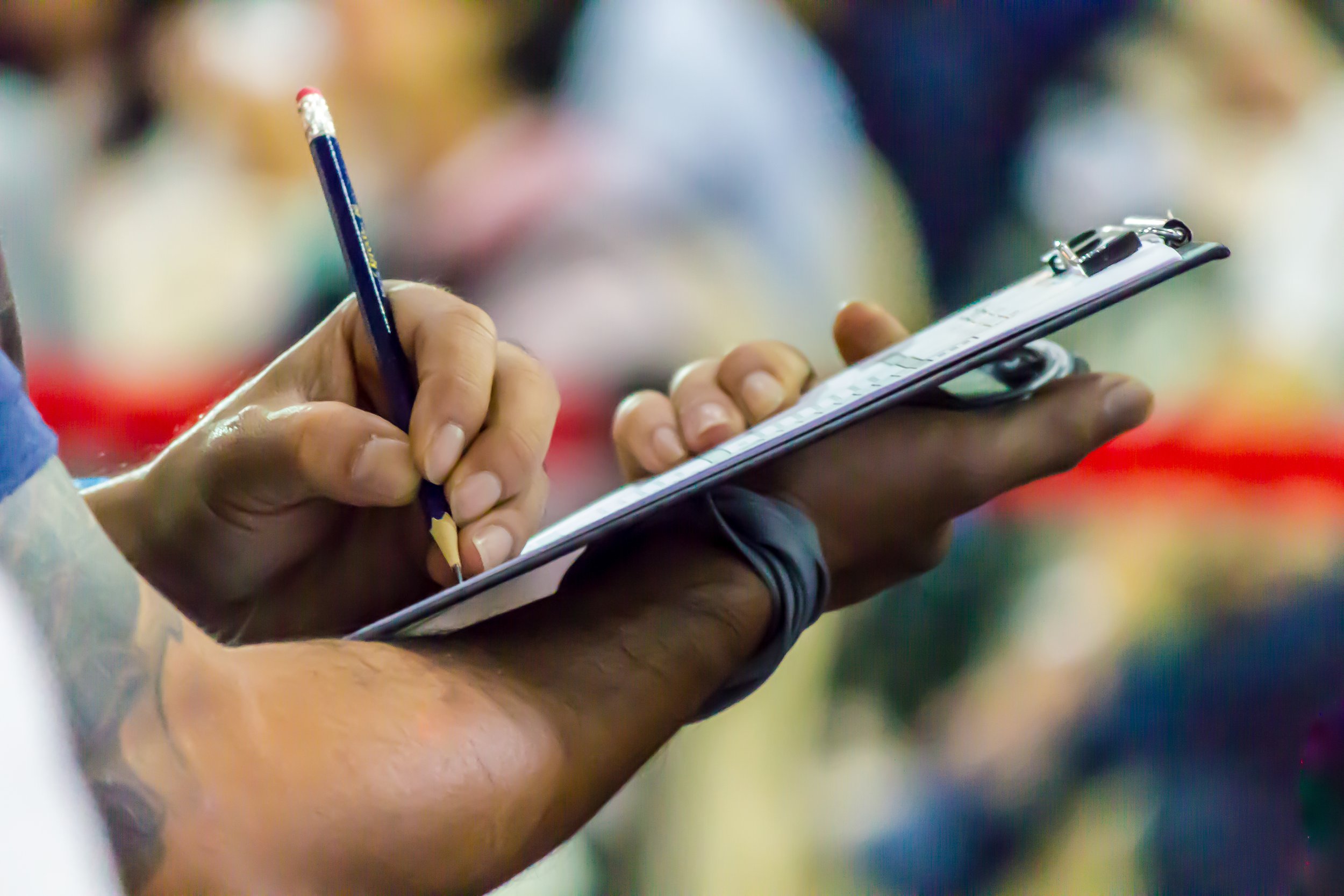
Before the Election
Election officials work long before Election Day to ensure the integrity of every vote. There are continuous verification processes they must follow to confirm a person’s eligibility to vote, ensure the voting process – including voting with a mail ballot – is safe and secure, and make certain voting locations are well staffed and accessible.
Confirming a person’s eligibility:
Every state must maintain voter registration processes that determine a person’s eligibility to vote, and to ensure they vote only once. Perpetrators of election fraud and voter intimidation are investigated and prosecuted, and face jail times and hefty fines.
To vote in the U.S.:
You must be a U.S. citizen. In 1996, the U.S. Congress passed a law prohibiting noncitizens from voting in federal elections, including elections for the U.S. House, U.S. Senate, and presidential elections.
You must meet your state’s residency requirements. Note: you can be experiencing homelessness and still meet these requirements.
You must be 18 years old on or before Election Day. In almost every state, you can register to vote before you turn 18 if you will be 18 by Election Day. Some states also allow 17-year-olds who will be 18 by Election Day to vote in primaries.
You must register to vote by your state’s voter registration deadline. Note: North Dakota does not require voter registration.
Ensuring the voting process is safe and secure:
Every state has a process for testing and approving voting equipment. In fact, most states rely on a federal testing and certification program that has been in operation for almost 20 years. Across the country, ballots are counted using machines tested for accuracy and security before each election.
Every state and jurisdiction has safety checks that secure and document when election materials are transferred from one owner to another during the election process. This “chain of custody” is required for ballots and voting equipment as they are prepared and transferred to polling places.
There are safety and security measures in place to protect mail-in ballots and to ensure the signature on those ballots matches that of the person voting. States also verify mail-in ballot applications and mail-in ballots are sent in envelopes that are typically marked with a unique serial number or barcode to ensure that only one valid ballot is returned per voter.
If a voter submits more than one mail ballot or tries to vote in person after already voting by mail, only one ballot will be counted and the instance of double voting will be investigated.
Making certain voting locations are well staffed and accessible:
Election officials must recruit members of the community to serve as poll workers for every election. It takes a temporary workforce of about 1 million poll workers to staff polling places across the country for a general election in a presidential election year.
Most states require election worker training under state law. Of the states that do not require training, most have provisions in state law encouraging training or requiring the state to develop materials that localities have the option to use.
Additionally, 42 states and the District of Columbia require temporary election workers to take an oath of office and sign a document committing them to doing their duties honestly and faithfully.
The Americans with Disabilities (ADA) ensures that people with disabilities have an equal opportunity to vote in all elections. Election officials must identify polling places and early voting locations that are accessible to voters who have difficulty walking, are confined to a wheelchair, or who are visually impaired.
Learn more about elections in your state!
Alabama
Alaska
American Samoa
Arizona
Arkansas
California
Colorado
Connecticut
Delaware
District of Columbia
Florida
Georgia
Guam
Hawaii
Idaho
Illinois
Indiana
Iowa
Kansas
Kentucky
Louisiana
Maine
Maryland
Massachusetts
Michigan
Minnesota
Mississippi
Missouri
Montana
Nebraska
Nevada
New Hampshire
New Jersey
New Mexico
New York
North Carolina
North Dakota
Northern Mariana Islands
Ohio
Oklahoma
Oregon
Pennsylvania
Puerto Rico
Rhode Island
South Carolina
South Dakota
Tennessee
Texas
Utah
Vermont
Virgin Islands
Virginia
Washington
West Virginia
Wisconsin
Wyoming
Want to serve as a poll worker?
Fill out the following form from Power the Polls and your information will be shared with your local jurisdiction.